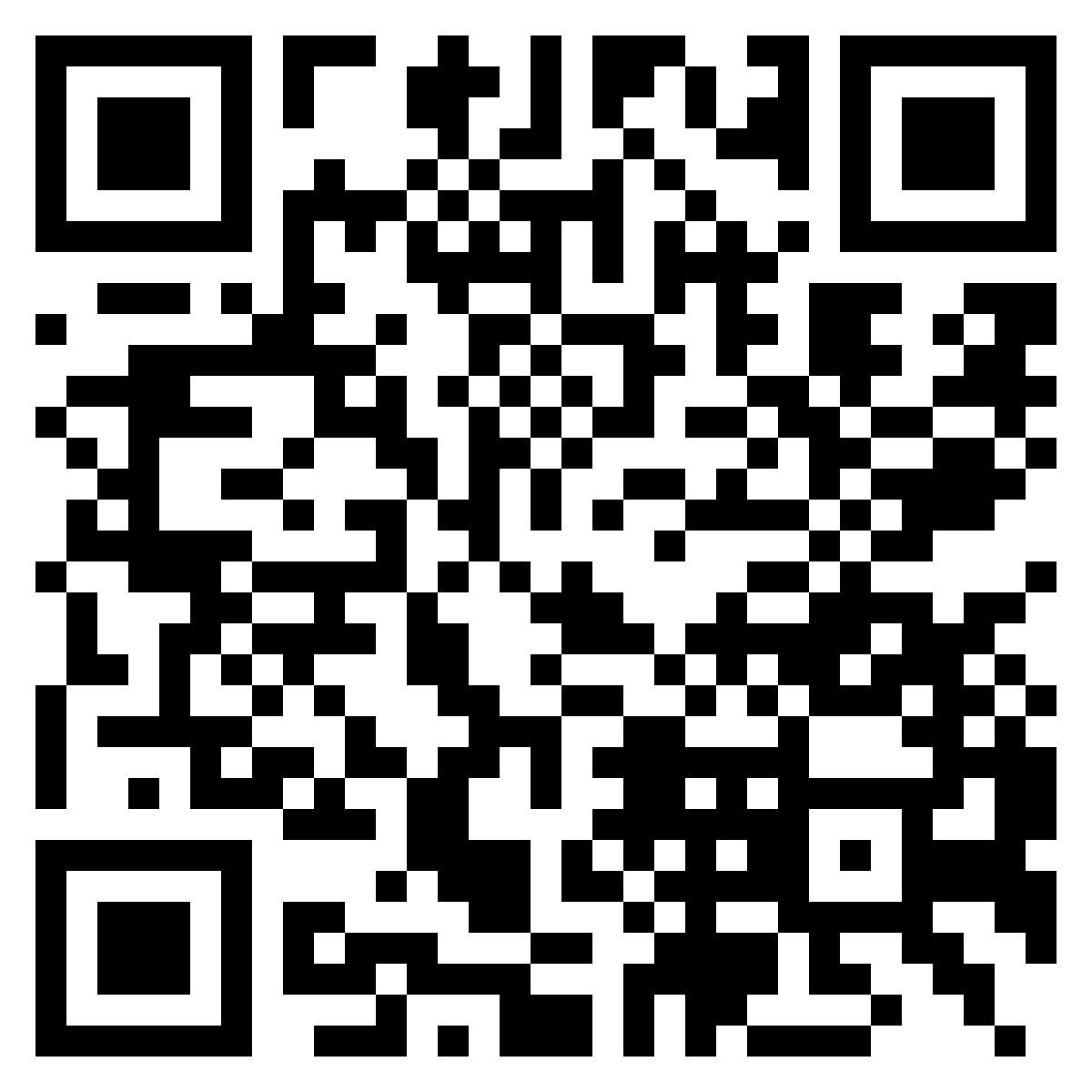Two groups of mathematicians have expanded the realm of mathematical unknowability by proving a broader version of Hilbert’s famous 10th problem
The world of mathematics is full of unreachable corners, where unsolvable problems live. Now, yet another has been exposed.
In 1900, the eminent mathematician David Hilbert announced a list of 23 key problems to guide the next century of mathematical research. His problems not only provided a road map for the field but reflected a more ambitious vision — to build a firm foundation from which all mathematical truths could be derived.
A key part of this vision was that mathematics should be “complete.” That is, all its statements should be provably true or false.
In the 1930s, Kurt Gödel demonstrated that this is impossible: In any mathematical system, there are statements that can be neither proved nor disproved. A few years later, Alan Turing and others built on his work, showing that mathematics is riddled with “undecidable” statements — problems that cannot be solved by any computer algorithm.
These results demonstrated that there are fundamental limits to what proof and computation are capable of. Some mathematics can simply never be known.
